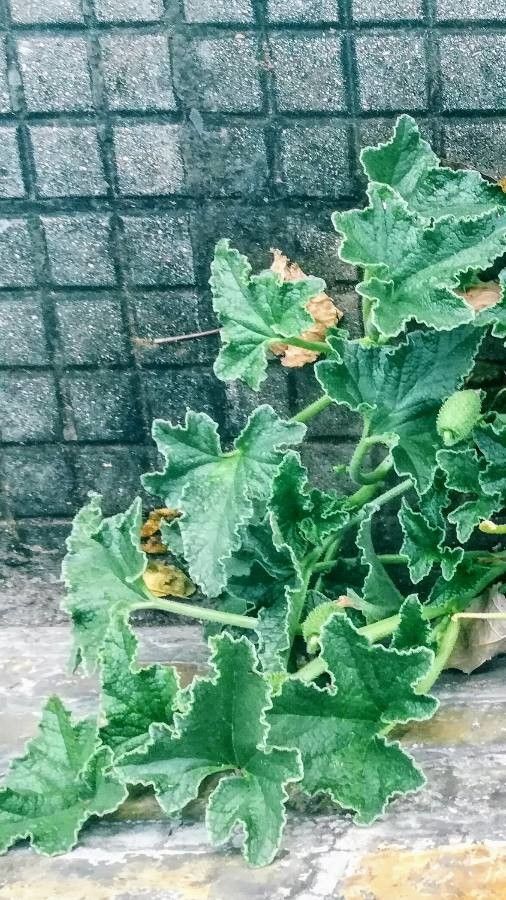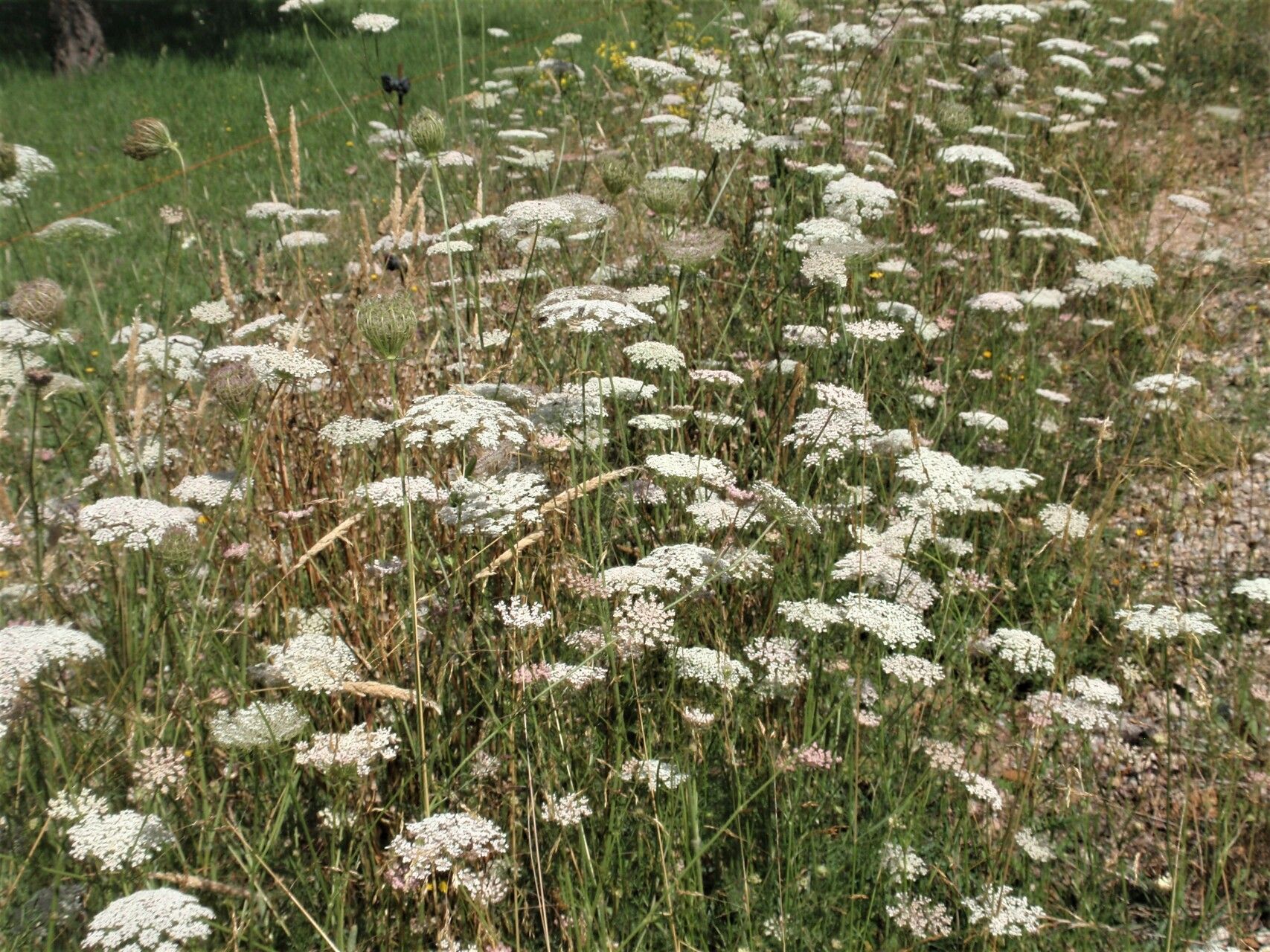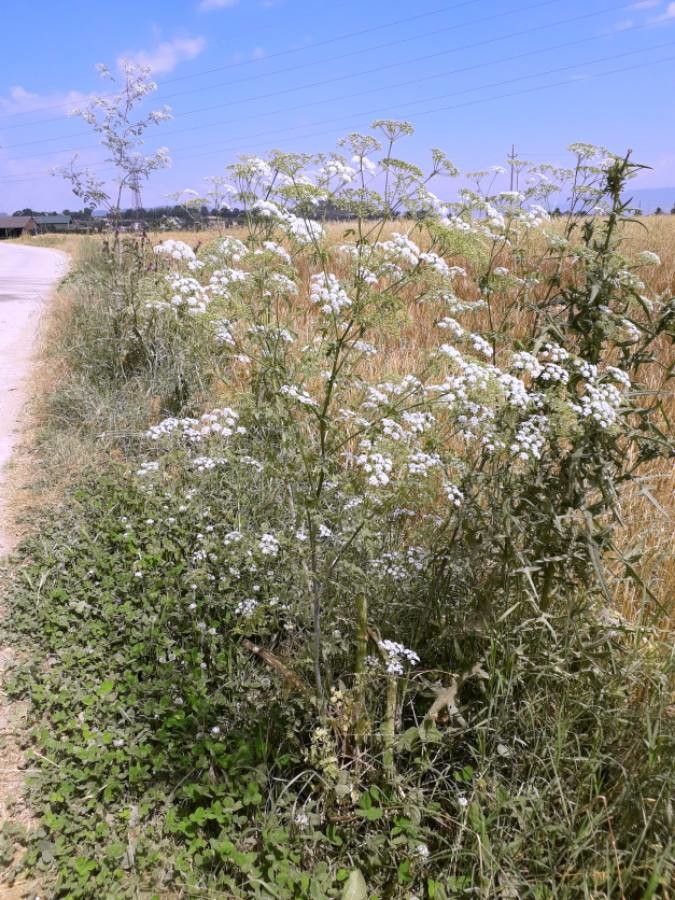## The Explosive World of the Squirting Cucumber
The Squirting Cucumber ( *Ecballium elaterium*) isn't your average garden vegetable. This fascinating member of the Cucurbitaceae family (the same family as cucumbers, melons, and squash) is renowned for its explosive fruit – a truly unique botanical spectacle.
### Botanical Profile
The Squirting Cucumber is a sprawling, herbaceous vine that can reach lengths of up to 1 meter. Its rough, hairy leaves are deeply lobed, providing a somewhat unkempt appearance. Small, yellowish flowers bloom in the summer, eventually giving way to the infamous fruit. The fruit itself is an oblong, spiky gourd, roughly 4-8 cm long, changing from green to yellow-brown as it matures.
### The Explosive Fruit: A Closer Look
The squirting mechanism is a marvel of natural engineering. As the fruit ripens, pressure builds within. When mature and disturbed – even slightly – the fruit explosively ejects a sticky, watery pulp containing seeds, which can propel the seeds several meters away. This remarkable mechanism is a testament to the plant's clever reproductive strategy.
### Habitat and Growth
Native to the Mediterranean region, the Squirting Cucumber thrives in warm, sunny climates. It prefers well-drained soil, tolerating dry conditions better than consistently wet ones. It's often found in disturbed areas, roadsides, and wastelands, indicating its adaptability. The plant is considered a weed in many areas due to its prolific self-seeding.
### Cultivation
Cultivating squirting cucumbers requires a warm, sunny location with well-drained soil. Direct sowing of seeds is preferred in spring after the last frost. Keep the soil moderately moist, but avoid overwatering. While relatively low-maintenance, providing adequate space for the vine to sprawl is crucial.
### Uses and Cautions
Throughout history, the Squirting Cucumber has found uses in traditional medicine, though **caution is advised.** The plant contains elaterin, a potent purgative. Improper use can lead to severe diarrhea and dehydration. **Do not attempt to self-medicate with this plant. Always consult a qualified medical professional before using any plant for medicinal purposes.**
Some historical uses include its application as a purgative and diuretic, although such uses are now considered outdated due to the risks and availability of safer alternatives.
### Conclusion
The Squirting Cucumber, while potentially hazardous, remains a fascinating plant. Its explosive fruit and unique characteristics make it a compelling subject for botanists and gardeners alike. Understanding its nature and potential dangers is crucial for those who choose to grow or interact with this remarkable species. Remember, responsible appreciation and respect for its unique properties are paramount.
Squirting Cucumber: Explosive Plant Facts & Care Guide

Frequently Asked Questions
How do I grow a squirting cucumber?
Sow seeds directly into well-drained soil in a sunny location after the last frost. Keep the soil moderately moist but avoid overwatering. Allow ample space for the vine to spread.
Is the squirting cucumber poisonous?
Yes, parts of the squirting cucumber contain elaterin, a powerful purgative. Ingesting it can cause severe diarrhea and dehydration. Do not consume any part of the plant without consulting a medical professional.


